Amazon has put together some great Home Gift Deals – save money and get your shopping done at the comfort of your home! Click here to see deals on Amazon
You might have seen this plant at your grandma’s house or in a dusty old flower shop. Maybe you’ve even seen it on the side of the road. But you’ve probably never heard its name.
A peperomia plant is a succulent plant native to Central America and Mexico but has also been grown in the United States for over 100 years.
The plant is one of the most common types of house plants and can also be found in both greenhouses and indoors.
If you want to know how to grow and care for peperomia houseplant properly, continue reading it further.
What is a peperomia plant?
They’re a type of houseplant that is usually grown in hanging baskets or pots. The leaves are often variegated and have soft, velvety textures.
There are more than 1,000 species found all over the world. These are great plants to grow indoors due to their attractive thick, and fleshy leaves.
The leaves’ shape and size vary as per the species type. For example, some varieties have leaves that are smaller than a coin while others are as large as a tennis ball.
The leaves are green with very intricate markings on them. The most popular one is “Ripple peperomias” due to its ruffed and puckered foliage. The small size makes them take less space indoors.
Several peperomia species, such as peperomia graveolens, peperomia deppeana, peperomia prostrata, and teardrop peperomia leaves, have succulent characteristics. Like succulents, the leaves and foliage can store water to survive in a dry season.
Plant Growing Summary:
| Factor | Growth Condition |
|---|---|
| Soil | Well-drained sandy soil |
| Water | Water once a week |
| Sunlight | Partial Indirect Sunlight |
| Temperature | 65 and 85 degrees Fahrenheit |
| Fertilizer | Well-balanced liquid fertilizer (10-10-10) |
| Propagation | Stem and Leaf-cutting |
| USDA Zone | 10 – 12 |
Do peperomia plants have flowers?
“Peperomia” is a plant genus that features succulent leaves and stems, making them perfect for just about any kind of planter.
Some of them are grown for their leaves, while others are grown for their attractive stems. These aren’t raised for food but are great ornamental plants.
Technically, it has spiky flowers that lack petals and sepals. The flower is unique since it’s one of the only flowers that grow from within the leaf. These flowers look like small tendrils that grow in the source of light direction.
Most commercially sold plants are grown for specific purposes, such as their leaves or their attractive stems. These aren’t grown for flowering purposes.
All the flowers you may have seen are likely being sold as ornamental plants that are either not true peperomia plants or hybrids.
How big do peperomia plants get?
Peperomia plants are known for their small size, and most won’t grow taller than 1 to 2 feet. In fact, there are hundreds of different varieties, and they’re often confused with other plants, such as the African violet and the philodendron.
The size depends on the variety and the growing conditions. In the wild, it grows best in tropical, subtropical, and warm temperate regions. They’re popular indoor houseplants that are available in a wide range of colors and leaf textures.
While the smallest varieties are only about a foot tall, mature trees can grow up to 6 feet, making them ideal for container gardening. Most garden centers and nurseries sell these in 2 to 6 inches growing pots.
What are peperomia varieties?
There are about 150 different varieties that are usually grown as house plants, but some types may also be grown outdoor.
They’re frequently raised in terrariums, and their compact size makes them a good choice for apartment dwellers who want to grow it indoors.
You can usually tell the variety of peperomia by its leaves. Some varieties have leaves shaped like elongated hearts, while others are shaped like hens’ tongues.
Here are the six most popular variegated types:

Peperomia obtusifolia (Baby rubber plant): It’s a succulent type of peperomia genus with green, rounded leaves. It’s often used as ground cover.
You can also grow it indoors, and it’s an ideal houseplant because it requires little care.
It has many common names, including the brittle leaf plant, the parlor plant, and the striped pepper plant.
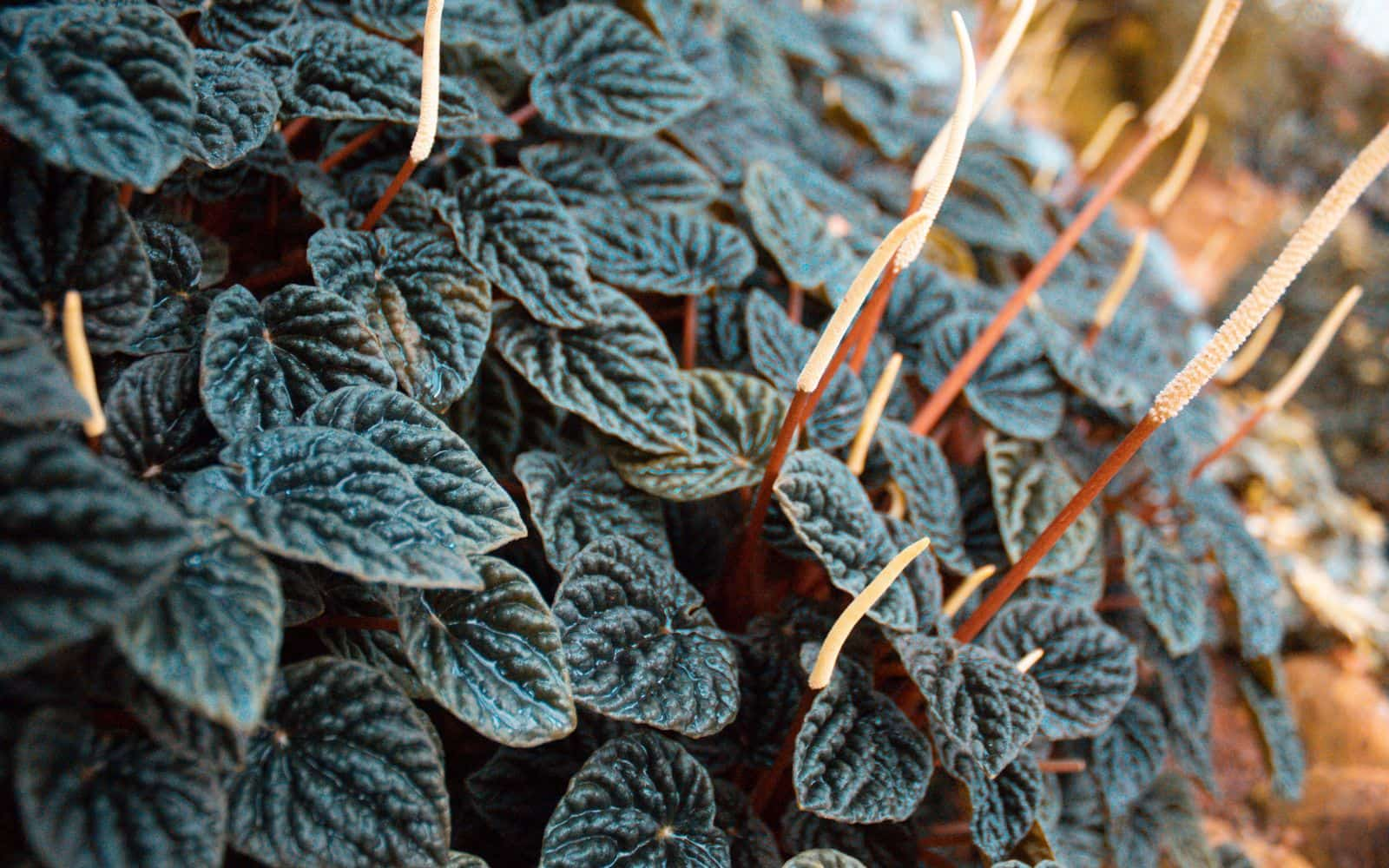
Peperomia caperata: It’s a very decorative and colorful variegated peperomia plant that doesn’t grow very large. But the heart-shaped leaves grow and spread pretty quickly.
This makes it an ideal plant for the ground cover. It has many colors on it, making it a perfect plant for any gardener that likes to see lots of variety.
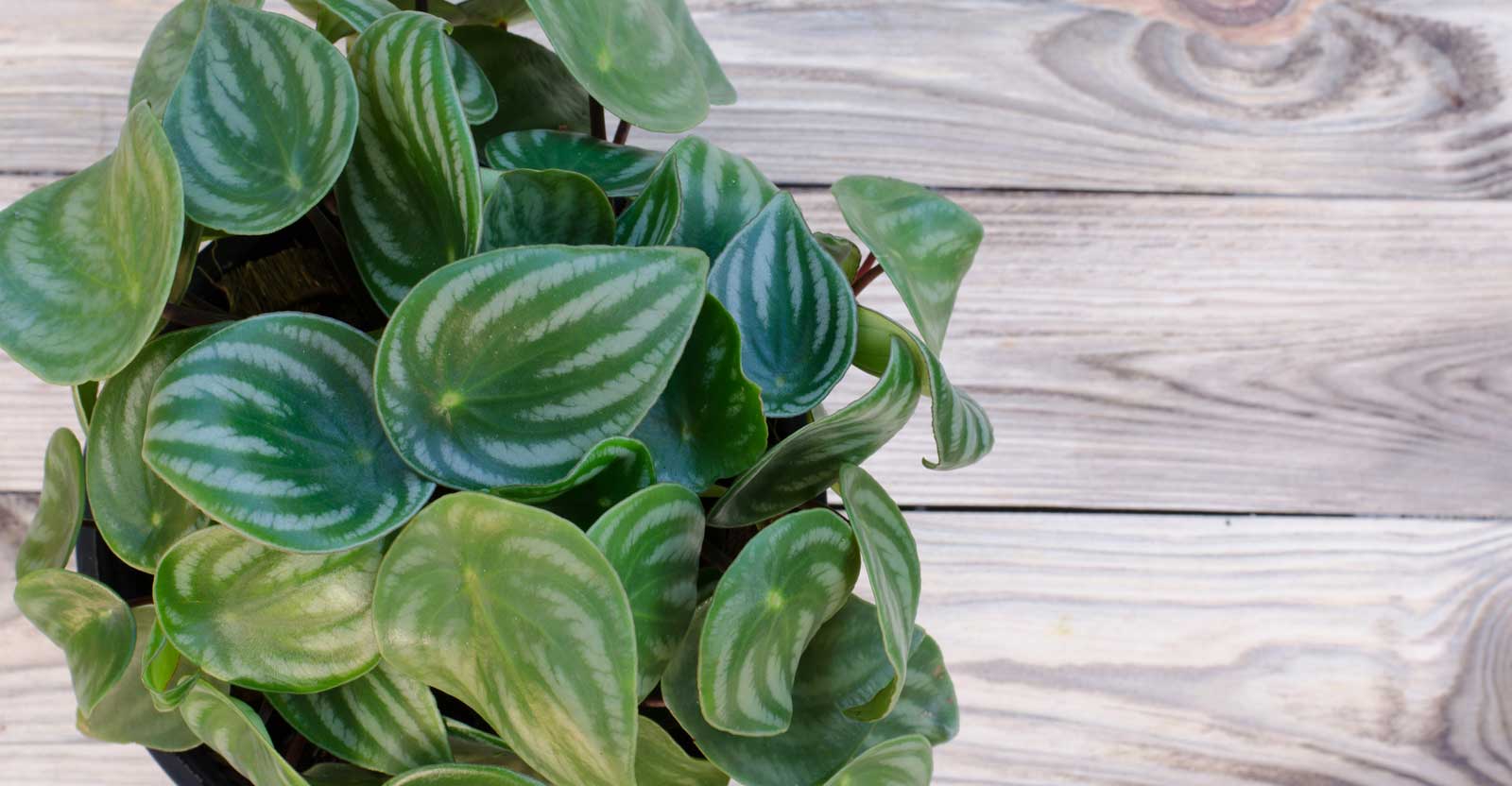
Peperomia argyreia (Watermelon Peperomia): It’s a succulent species that is native to Brazil. It has very intense thick green leaves with a variegated silver stripes on it.
The variegated leaves of watermelon peperomia make great additions to terrariums, and they’re known to grow well in shallow containers.
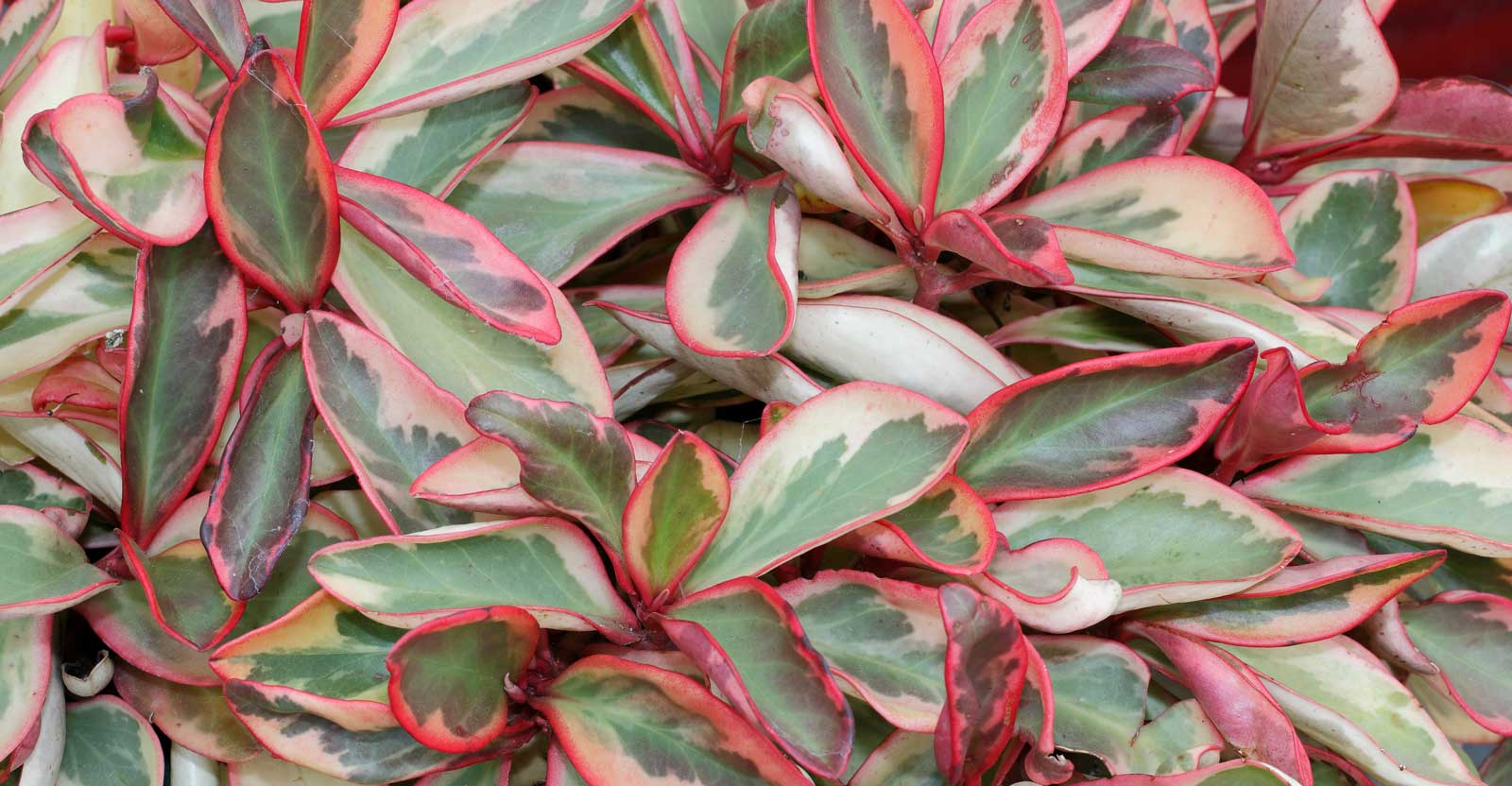
Peperomia clusiifolia: It’s a tender herbaceous perennial that grows in medium shade and moist soils. It produces clusters of small white flowers that appear in spring and summer.
The fleshy, translucent red tendrils grow from the stem. The red stems and fleshy foliage is tough and durable. It grows a long vine that often drags on the ground.
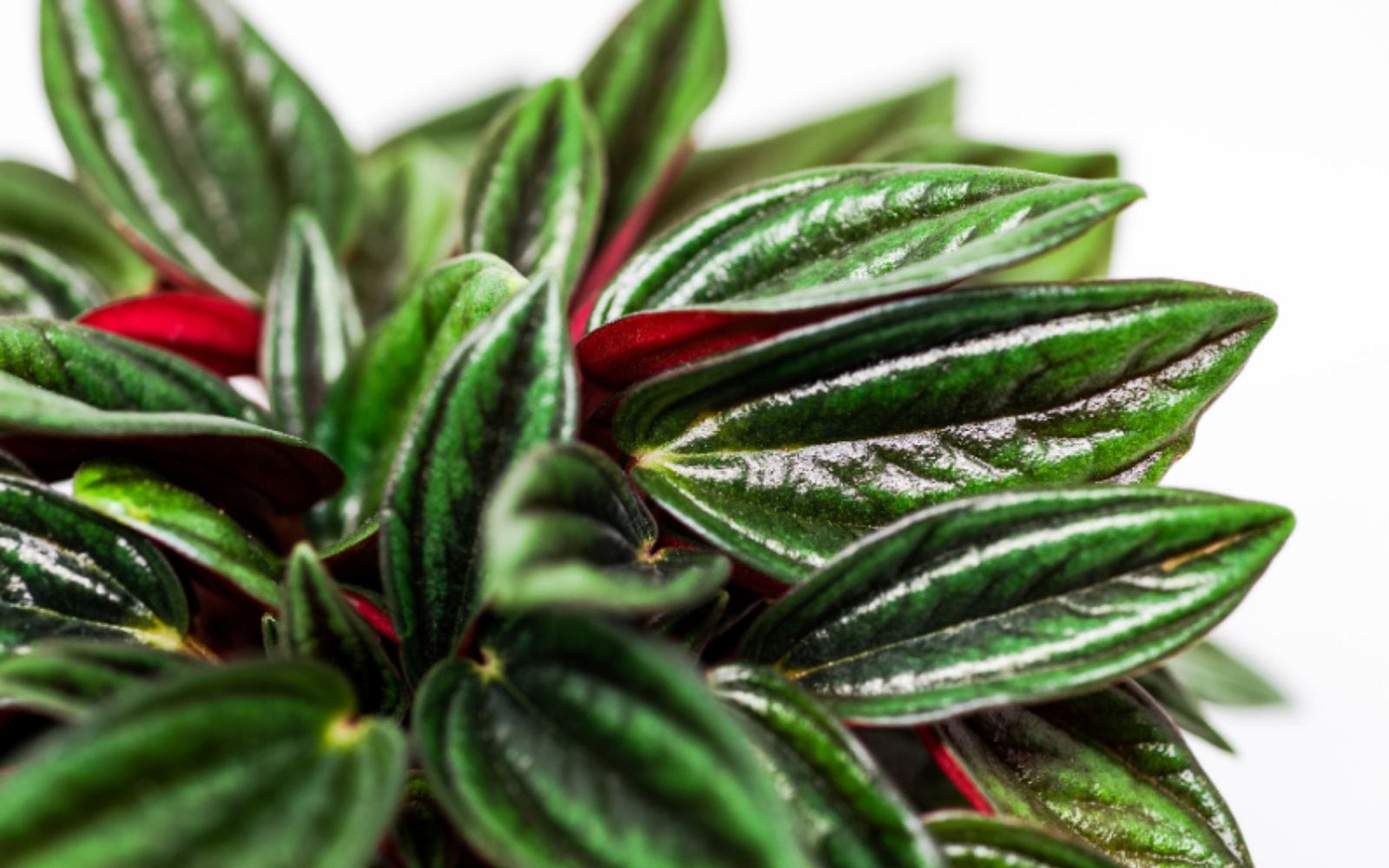
Peperomia rosso: It’s a succulent plant (also known Peperomia Eden Rosso) with a distinctive red leaf that is extremely popular among gardeners.
It’s an excellent choice for container gardens and planters. These are commonly used as a dense border plants in their native range.
You can find it in various colors (generally red, pink, or vivid green) and cultivates easily. It’s mat-forming and will eventually reach between 6 and 12 inches in height.
It’s droughts tolerant and easy to transplant, making it a good choice for a beginner gardener.

Peperomia polybotrya: It’s a popular houseplant with heart-shaped succulent leaves covered in soft hairs at the tips.
These hairs are typically bright white but can be a variety of other colors as well. It’s also known as a Chinese Evergreen plant or a Chinese rubber plant.
The leaves grow in pairs with just a slight bit of space between them. They’re green and are about 1 to 2 inches long.
When fully matured, it can grow from 4 to 6 inches tall and can be planted in a hanging basket or on the ground around other plants.
How do you take care of a peperomia plant?
Knowing how to care for a peperomia plant properly is essential, especially if you want to keep it alive as long as possible.
Fortunately, these are some of the easiest houseplants to grow. With their bright, fat, shiny leaves, they’re a good choice for people who want a small plant that can be a conversation piece without needing too much plant care.
We have covered some of the most commonly asked questions regarding growing and proper peperomia care.
What type of soil is the best for peperomia?
Although peperomia plants are generally easy to grow, they’re susceptible to several common plant problems.
One of the most common issues is caused by the type of potting soil used. Knowing what type of soil is the best for peperomia can help you prevent multiple problems.
In the wild, Peperomia grows over other vegetation by settling into some space and spreading their roots around decaying leaves and bark. For them, loose but well-drained soil is the best.
You can use orchid potting mix and add a little amount of peat moss and perlite to retain moisture for the soil.
Ensure that you plant it in a pot, such as an orchid pot, that has a sufficient number of drainage holes to let excess water flow out. Peperomia isn’t very particular about soil pH.
Do you need to repot peperomia plant?
To repot or not to repot? That is the question many home gardeners ask themselves when it comes time to house their peperomia.
The truth is every plant requires a different amount of care and knowing the proper way to care for a peperomia is essential to ensuring its survival.
So, to answer, should you repot or not?
In the case of peperomia, repotting is recommended every two years for the best results. It’s essential for those plants that have already occupied the plant pot for a long time.
You can do it several ways as the process is quite simple, and it takes less than half an hour.
Before you remove the plant from its current pot, you should prepare the soil and new pot first. When everything is ready, gently shake the pot and loosen the dirt around the plant.
Remove the plant without damaging roots and transfer it to a new pot. Ensure to not overly compact the potting mix and let the soil remain loose to aerate roots. Water it thoroughly to settle down loose dirt that helps roots to adapt to a new environment.
How often do you water a peperomia?
The peperomia is a tropical plant, so it prefers warm, humid conditions. You should water it thoroughly once a week.
Make sure not to overwater it that could cause root rot and kill the houseplant. You will know that the plant is overwatered when the leaves start to wilt or turn yellow.
A common mistake among gardeners is to water it lightly. It’s best to soak the soil so it’s fully charged with water to maximum capacity. Wetting the ground surface isn’t enough to provide the required moisture to the plant.
The shallow watering encourages plant roots to concentrate in the top few inches of soil, limiting their absorptive surface area while making them root-bound.
Moreover, you should water the soil, not the plant. By watering the entire bed and not just the root zone, it encourages roots to spread. You should also allow the ground to get dry between your watering schedule.
You can place it in planters or in-pot on a shelf or table. Just make sure they’re watered only once a week, if at all, and need to have their soil loosened.
Does peperomia need direct sunlight?
Peperomia is a tropical plant that is hardy in USDA zones 10 to 12. However, unlike many other houseplants, it doesn’t need direct sunlight.
In fact, it thrives under low or fluorescent light. You should make arrangements to keep it in medium to bright, indirect sunlight.
If you don’t have a south or west-facing window, a grow light is the best thing. Also, it prefers a temperature range between 65 and 85 degrees Fahrenheit.
When the growth is most active in summer, you should aim to provide it with 12 to 16 hours of indirect light.
How often should you fertilize the peperomia plant?
While it’s not essential to fertilize peperomia, it’s a good idea to do so if you want to make sure you get the most out of your plant’s growth.
Since these are generally small, desk-sized plants, it’s important to fertilize them sparingly, not to let them grow too tall.
You can use balanced N-P-K water-soluble fertilizer (10-10-10) once a month during the growing season. Don’t mistake yellowing or wilting leaves as the problem with nutrients. Most often, that is a result of overwatering or improper light exposure.
If you’re propagating peperomia through either leaf tip cuttings or stem cutting, you can plan ahead and fertilize it right by mixing an organic, slow-release fertilizer into their leaf-cutting growing medium on planting day.
Why is your peperomia wilting?
If you find your plant dropping and wilting leaves, you need to start taking remedial steps to save it. There are two main reasons for it to be wilting.
- Improper watering schedule (under watering or over watering)
- Inadequate sunlight
For most new gardeners keeping houseplants, it can be hard to understand how water affects a plant’s health. While gardeners often think that it’s a good idea to overwater plants, moisture isn’t the only thing that matters.
If a plant doesn’t have proper light or humidity, it will begin to wilt. You should check for root rot due to over-watering and stop watering it entirely if the soil feels compact and soggy. If you find the root rot, you can transplant it in a new pot with fresh ground.
You can still fix overwatered peperomia by taking necessary steps such as adjusting the watering schedule, changing soil, adding more perlite or peat moss to it, and using a container with drainage holes.
Although it’s resistant to most pests and diseases, it’s not entirely immune to it. You should look for any sign of infection around the plant and take proper steps to treat it.
Ensure that the plant isn’t exposed to direct sunlight. If that’s the case, move it to a partial shade spot to get indirect light.
Are peperomia toxic to dogs?
If you’ve planted peperomia indoor and wondering if it’s toxic to pets such as dogs and cats, you’ll be relieved to know that it’s not harmful to pets. You should keep it away from the reach of pets so they don’t destroy the plant itself.
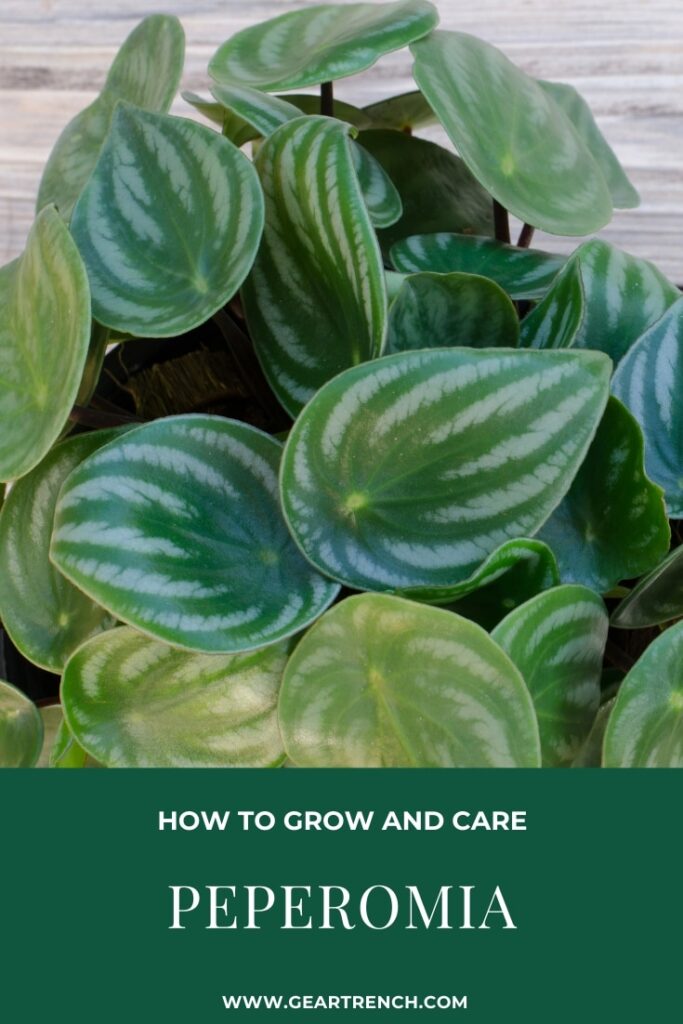
Don’t forget to share this post

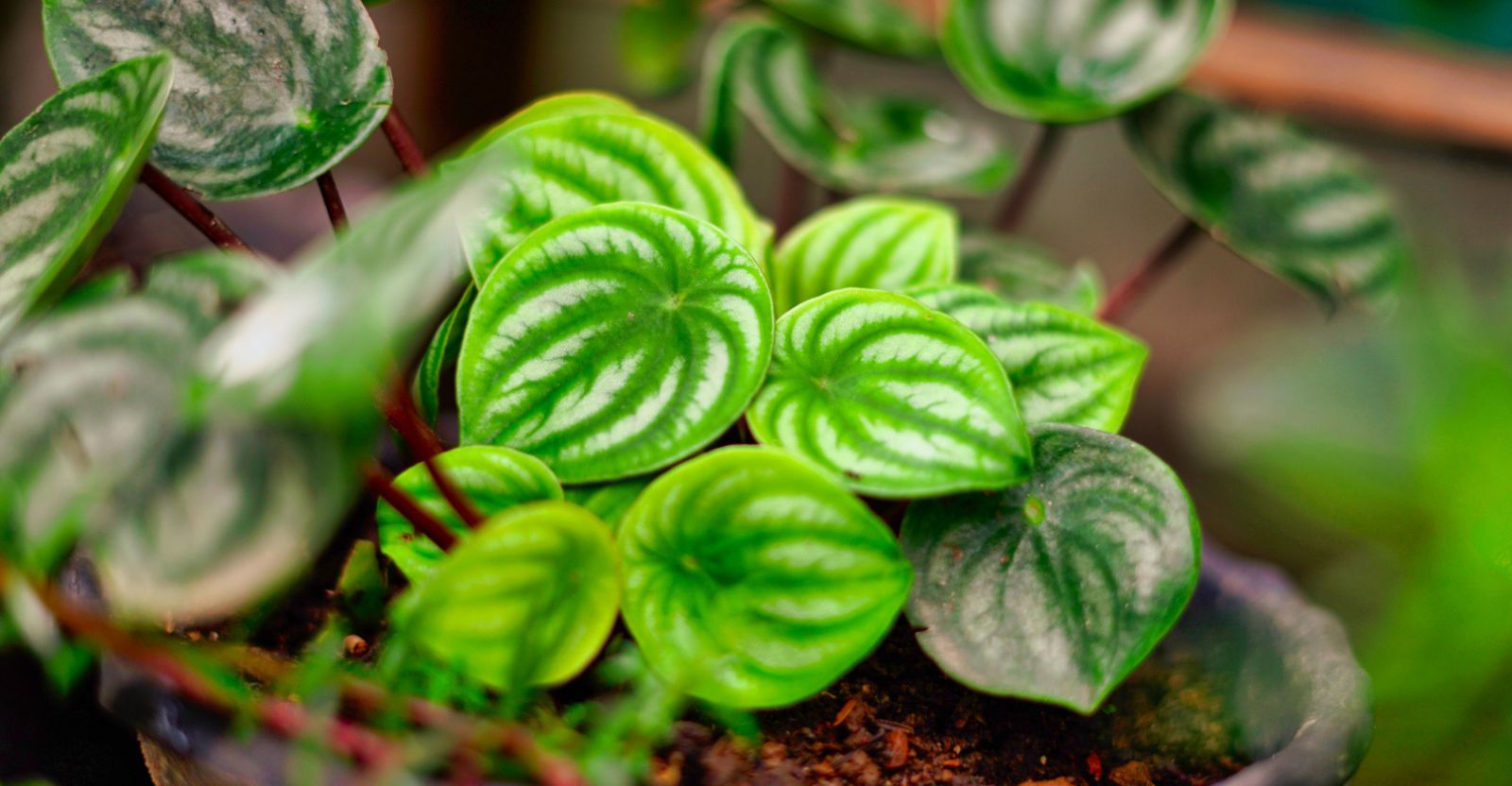


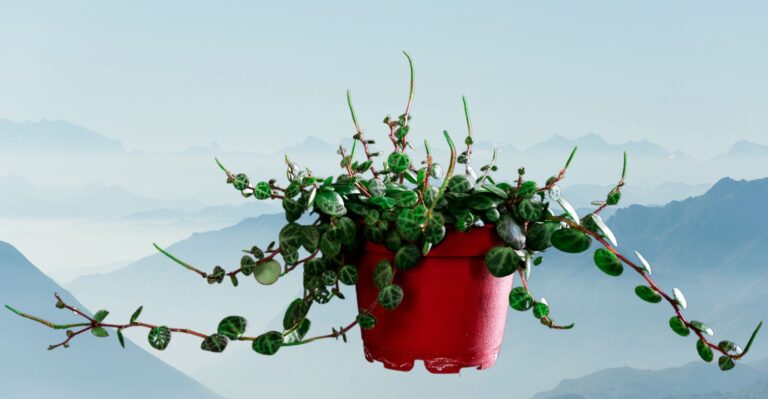

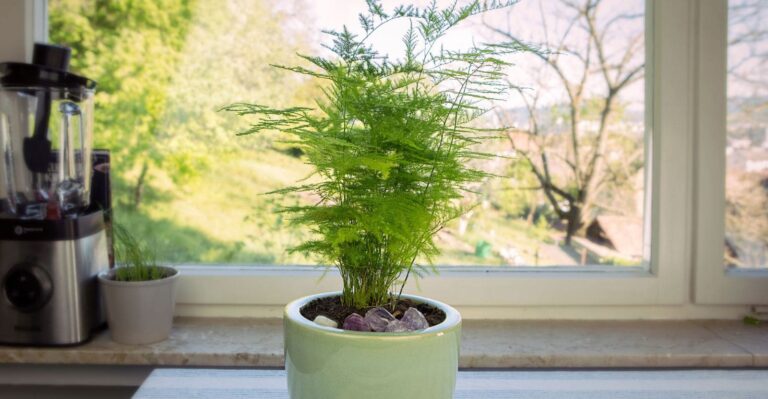
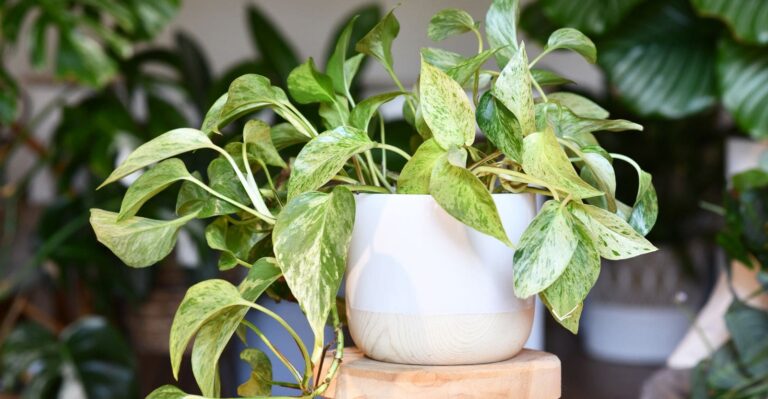
Thanks for sharing this very well-written and worth reading article.
Wish to see more in the coming days.